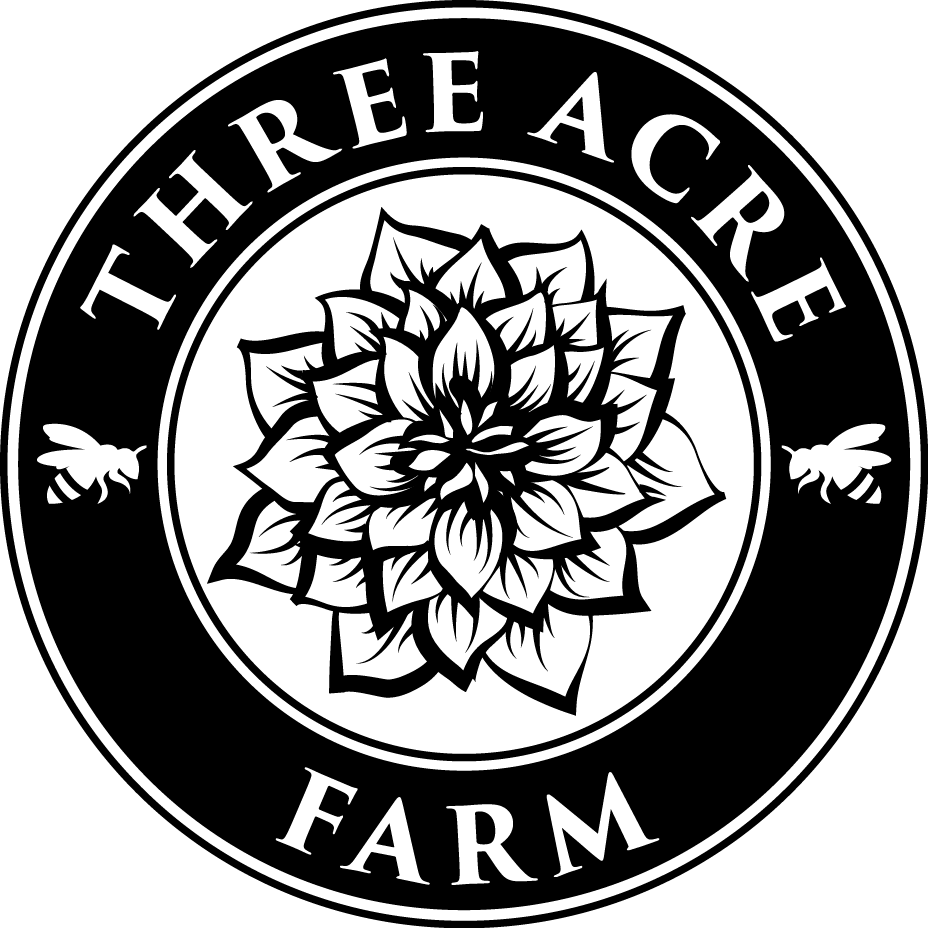How to Grow Salpiglossis
How to Grow Salpiglossis
How to Grow: Salpiglossis (Salpiglossis sinuata)
Pronunciation: sal-pi-gloss-us
INTRODUCTION
Never heard of Salpiglossis before? Join the club!
It goes by many names, including “Painted Tongue Flower”, “Velvet Trumpet Flower” and even “Stained Glass Flower”.
Salpiglossis is an unusual flower with an unusual name… and it’s perfect for people who like to grow things that are a bit, well… unusual!
Superbissimia
Superbissimia
I’ve grown hundreds of different types of flowers on my farm, but Salpiglossis wins the award for the most people saying “Oh my gosh, WHAT IS THAT?!? It’s STUNNING!!!”
Yes, indeed, they ARE stunning. There’s no other flower quite like them! Each bloom looks like it was hand-painted with the utmost care and precision.
Salpiglossis is native to South America (Chile and Argentina) and it’s actually related to Petunias. Once you grow it, you’ll notice it has slightly sticky stems and the flowers are similar to Petunias. But unlike Petunias, Salpiglossis grows tall, long stems that work in cut flower arrangements.
Royale Mix
Let’s look at the Pros and Cons of growing Salpiglossis for cut flower use.
PROS
They are unique and delightful.
They add a special touch to bouquets.
They are a wonderful addition to the cutting garden or flower garden
They are easy to grow.
CONS
They have slightly sticky stems, which can be a turn-off to some people.
They are not particularly long-lasting in the vase.
They don’t handle heat well. On our farm, they bloom in early summer, then fade during the heat of summer (however, if cut back in mid-summer, they may rebloom in the fall!)
Superbissimia
CHOOSING SEEDS
Here is my favorite Salpiglossis to grow for cut flower use:
“Royale Mix”
“Superbissima” (this color combination was my favorite for cut flower use)
I’ve tried other varieties but found the colors too difficult to incorporate into bouquets. However, they would be lovely in a display garden!
Superbissimia
HOW TO SOW
How to grow Salpiglossis seems to be a bit of a mystery! Every source I’ve combed over seems to offer contradictory information. To me, that simply indicates there are LOTS of different ways to grow it ;) So be willing to experiment!
Over the years, I’ve noticed that Salpiglossis tends to act like a Hardy Annual in my growing climate, and shows some frost-tolerant qualities. In the future, I may experiment with Winter Sowing the seeds or overwintering them in our unheated hoophouse.
Transplants or Direct Sow?
Salpiglossis seeds are tiny (like dust!), so I don’t recommend direct sowing.
Start seeds indoors 6-8 weeks before last spring frost. Sow the seeds on the surface of the seed-starting mix, 1-2 seeds per cell, and press them down to make sure they are in contact with the mix. Cover very lightly with a scattering of vermiculite or seed-starting mix.
Many sources suggest that the seeds germinate best in darkness. This is easy to achieve by simply covering the tray with another tray.
Seeds take about 7-14 days to germinate. Once they germinate, move the tray under lights or into a sunny space.
Transplant after the threat of frost.
Superbissimia
Royale Mix
PLANT SPACING
Plants grow best at 6-9 spacing. Closer spacing will encourage longer stems.
GROWING ON
Salpiglossis grows best in fertile soils with average watering.
I have not experimented with pinching them, so I can’t offer any feedback at this time.
Salpiglossis will need netting or support to keep the plants upright. This does make harvesting a bit cumbersome, but you’ll be glad you did it.
It’s important to harvest stems each week to keep the plants productive longer over the growing season. Salpiglossis can handle some heat but thrives in the cooler temperatures of late spring/early summer and early fall.
Royale Mix
STAGE OF HARVEST
When the top few blooms on the spray/stem are open. The other blooms will open up in the vase. Salpiglossis is very popular with pollinators, but unfortunately, once a bloom has been pollinated, it will decline rapidly. This is why I suggest harvesting the stems when only 1-2 blooms have opened.
POST-HARVEST CARE
Salpiglossis requires no special post-harvest care. If the stem is harvested before most of the blooms are pollinated, you can expect a vase life of about 5-7 days. If the blooms were open when harvested, expect a vase life of about 3 days.
QUESTIONS?
Ask them here and I’ll get back to you!
Ready for more?
If you’re serious about growing the garden of your dreams this year, register for my online course, “Backyard Cutting Garden 101”. You’ll find everything you need to plan, grow, harvest and arrange your stunning blooms. I can’t WAIT to help you grow! Click on the button below for all the details.








